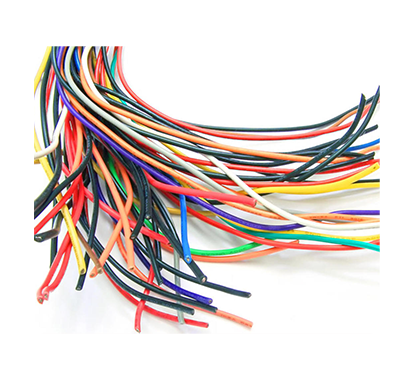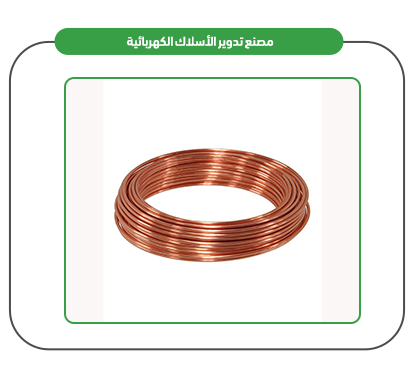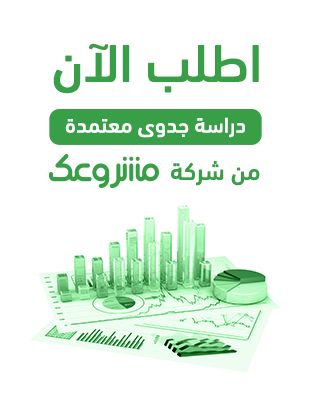The Recycling Sector in the GCC Countries
Technological advancements and population growth in the GCC countries have contributed to an increase in waste generation from human activities, industrial operations, and other sectors. This growing waste volume has posed a significant challenge for GCC governments, requiring them to accelerate their waste management efforts to prevent environmental and health issues. The total collected waste (both hazardous and non-hazardous) in the GCC was estimated at approximately 131.8 million tons, distributed as follows: 1.2% hazardous waste and 98.8% non-hazardous waste.
Project “Mashroo3k” for Economic and Administrative Consultancy presents the key indicators of the recycling sector in the GCC countries:
-
The total volume of hazardous waste collected in the GCC is 1.6 million tons.
-
The total volume of non-hazardous waste collected in the GCC is 130.2 million tons.
-
Hazardous waste is divided into medical waste (6%), industrial waste (81.8%), and other waste (12.2%), including batteries and electronic waste.
-
Non-hazardous waste is categorized into construction waste (40.7%), household waste (25%), green waste (1.7%), and other waste (32.5%).
-
The amount of treated waste from total collected waste is 51% (67.2 million tons).
-
The industrial waste collected in the GCC amounts to 1.3 million tons, with Saudi Arabia and the UAE contributing 63.1% and 19.3%, respectively.
-
The volume of non-hazardous waste collected from households in the GCC is 32 million tons.
-
The UAE leads in waste recycling efforts, processing 42.8% of its waste through recycling.
-
The amount of hazardous waste recycled in the GCC is 100,000 tons (9.3%) of the total treated hazardous waste.
-
Saudi Arabia generates the highest volume of solid waste, exceeding 16 million tons annually, followed by the UAE with approximately 5.4 million tons annually.
Waste Composition in the MENA Region:
-
Food and green waste: 58%
-
Glass: 3%
-
Metals: 3%
-
Paper and cardboard: 13%
-
Plastic: 12%
-
Wood: 1%
-
Rubber and leather: 2%
-
Other waste: 8%
Waste Treatment Methods in the GCC:
-
Hazardous waste treatment:
-
Incineration: 9%
-
Landfilling: 51.7%
-
Recycling: 9.3%
-
Other methods: 30%
-
-
Non-hazardous waste treatment:
-
Landfilling: 51%
-
Other methods (including incineration and recycling): 49%
-
Advantages of the Circular Economy in the GCC:
-
Reducing primary energy consumption by 4%.
-
Creating 50,000 jobs in the recycling industry.
-
Reducing carbon dioxide emissions by 13 million tons annually.
-
Contributing $138 billion in economic returns for GCC countries between 2020 and 2030.
Recommendations:
Project “Mashroo3k” strongly recommends investing in the recycling sector due to the following factors:
-
Global municipal solid waste production is approximately 2.01 billion tons and is expected to reach 3.40 billion tons by 2050.
-
In 2014, global e-waste production stood at 12.8 million metric tons, increasing to 53.6 million metric tons by 2019.
-
Plastic and paper waste account for approximately 29% of total global waste, making them highly profitable sectors for recycling investments.






